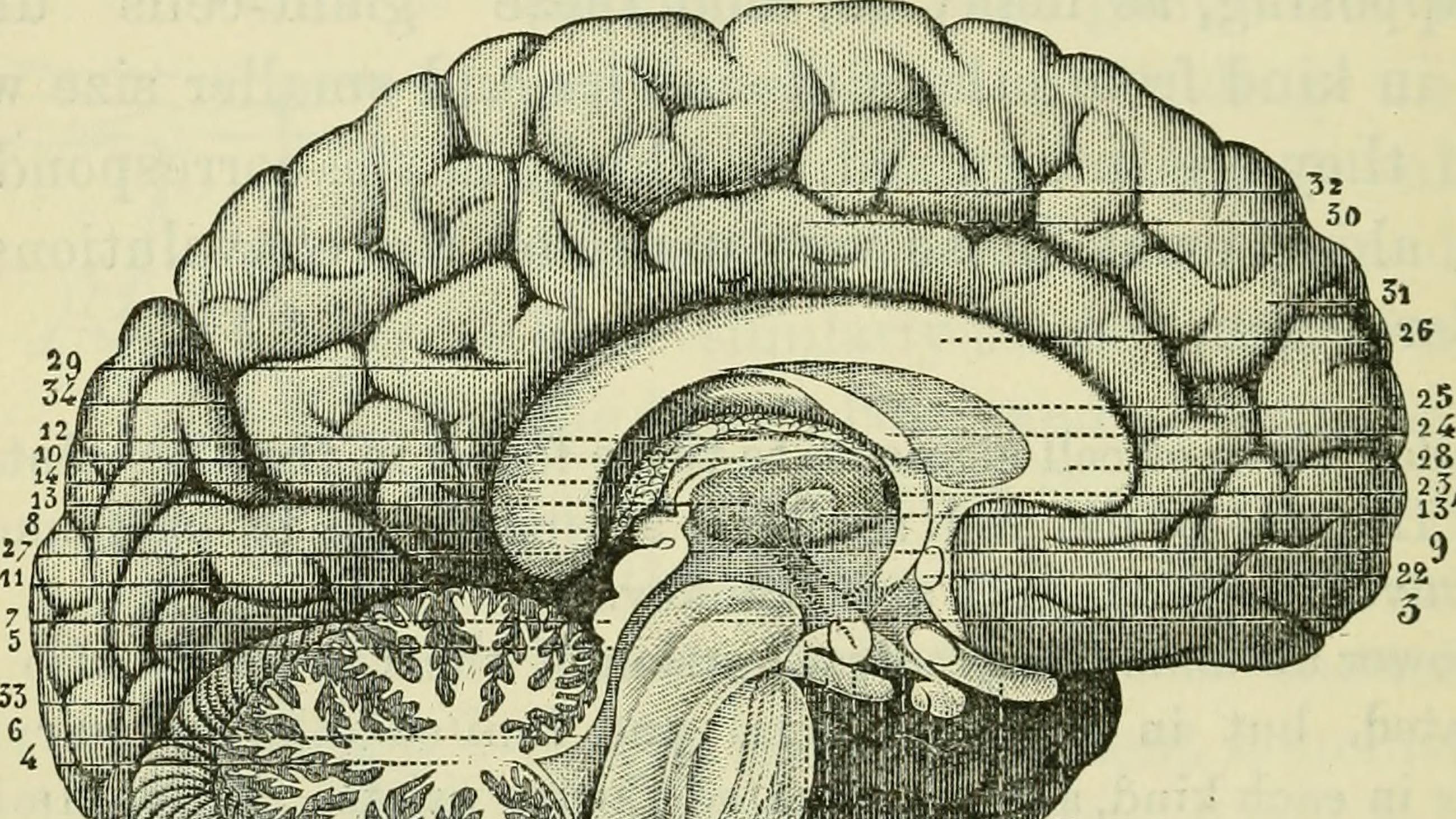The Rise of Telepsychiatry in the Treatment of Mental Health
In the wake of the Gulf oil spill in 2010, many rural Louisiana residents became emotionally distressed. With few mental health clinicians practicing in the area, psychiatrists at Louisiana State University decided to try something novel. They set up a video connection between their New Orleans office and small primary care clinics in towns like Hackberry, which sits over 200 miles away and has a population of just over 1,000.
“I treated several crabbers and shrimpers from Hackberry who couldn’t work, were falling into debt and were very depressed,” said Dr. Shih Tan Gipson, a psychiatrist at Boston Children’s Hospital who recently completed her residency at LSU. “With regular therapy sessions, along with medication, I was able to help them get their lives back on track.”
This approach, known as telepsychiatry, has been around for more than a half a century; in 1959, the State of Nebraska used two-way closed-circuit television between the Nebraska Psychiatric Institute and the state mental hospital to aid in the teaching of first-year medical students. Advances in technology over the last 20 years have made telepsychiatry systems much easier to set up and it is now starting to be widely adopted.
The U.S. Department of Veterans Affairs, which began experimenting with ‘telemental health’ in 1995, has been a pioneer in using this method. The VA has already administered over 2 million video mental health sessions with patients and the pace continues to pick up every year. In 2015, 380,000 sessions were conducted using video. At present, about 8 percent of all mental health patients at the VA use telemental health. The VA is now beginning to expand beyond its hub model — in which therapists treat patients at hundreds of community-based clinics across the country — to using phones and tablets.
“We treat patients with every type of DSM-5 diagnosis,” said Dr. Linda Godleski, a professor of psychiatry at Yale and director of the VA’s National Telemental Health Center.
Surveys show that patient satisfaction with this method is about 95 percent. In addition to being able to reach patients in underserved areas and provide easy access to national experts, telemental health has other advantages as well.
“Patients with severe disorders such as schizophrenia often feel more relaxed and are more likely to open up,” Godleski said.
Telemental health has also proved to cut health care costs. In a 2012 survey published in the journal Psychiatric Services, Godleski showed that access to telemental health service reduced hospitalization admissions of VA patients by about 25 percent.
Not everyone embraces the idea that mediated interactions between clinicians and patients are always beneficial, or that they function similarly to in-person therapy. In her 2015 book “Screen Relations: The Limits of Computer-Mediated Psychoanalysis and Psychotherapy,” British psychotherapist and psychoanalyst Gillian Isaacs Russell, PhD., for example, raised questions about the loss of certain non-verbal cues, and pointed to the lack of research comparing the various pros and cons of both in-person and screen-mediated therapy.
Still, most clinicians believe that the technology is now good enough to enable them to spot many standard non-verbal cues, and some states, including New York, have begun to establish formal telepsychiatry standards and guidelines.
While the private sector has been much slower to take advantage of this new technology, the industry leader, Insight Telepsychiatry, which has been in operation since 1999, reports steady growth. In 2015, it had 150,000 patient encounters — a 50 percent increase over 2014. The company now offers services to hospitals and community mental health clinics in 26 states, compared to the nine states it operated in just three years ago.
This year, the American Psychiatric Association set up a telepsychiatry committee, which works to break down two major obstacles to broadening its scope. One involves licensure: Clinicians must be eligible to practice in the same state in which their patients reside. The other involves reimbursement, given that in some states, insurance companies provide little or no coverage. The APA is currently working with doctors in various other fields to make it easier for clinicians to obtain licenses in multiple states. To date, 12 states have signed on to the Federal State Medical Board Interstate Licensure Compact which provides an expedited pathway to licensure and another 14 have introduced similar legislation.
“In 10 years, telepsychiatry may well become a core component of psychiatric care,” said Dr. Peter Yellowlees, a member of the APA committee who teaches psychiatry at the University of California, Davis. “For people under 40, connecting with therapists on screens seems both reasonable and normal.”












Comments are automatically closed one year after article publication. Archived comments are below.
In the past few years I think the private sector of telepsychiatry has grown tremendously. It will become a mainstream service offered by mental health facilities.